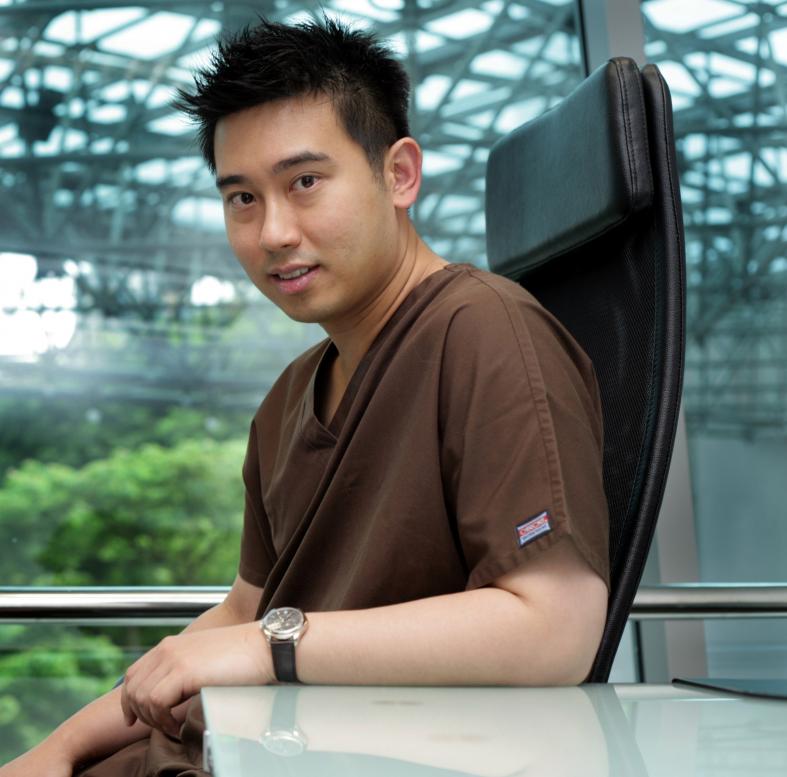Better ways to kill fat cells
Noninvasive fat reduction treatments are in demand after liposuction deaths
Fat cells may expand or contract with weight gain or loss, but they never drop in numbers.
That is why noninvasive fat reduction treatments are popular among those desperate to lose stubborn or unwanted fat.
Dr Low Chai Ling, medical director of The Sloane Clinic, said: "Every person is born with a certain number of fat cells. Once the cells are removed from the body, they do not return."
Noninvasive fat reduction treatments gained popularity after liposuction fell out of favour, said Dr Calvin Chan of Calvin Chan Aesthetic & Laser Clinic.
"We used to do Vaser Liposuction, but we have stopped for several years due to a lack of demand after news broke of the liposuction deaths," he told The New Paper.
Since then, demand at his clinic for noninvasive spot fat reduction treatments has been increasing year on year by 20 per cent, he said.
There are a few types of such treatments in the market.
CoolSculpting, which makes use of the cryolipolysis technology, breaks down fat cells with extreme cold.

The frozen fat cells die and are gradually eliminated by the body's immune system.
Dr Low said: "The temperature at which the cooling takes place is the key to the technology, because fat cells are more sensitive to cold than surrounding tissue.
"Under tightly controlled conditions, fat cells can be frozen while other tissues, including surface skin, are left unharmed."
Another treatment, called Vanquish Me, uses its selective radio frequency (RF) technology to melt away fat.
Unlike in CoolSculpting, Vanquish Me does not require the patient to have pinchable fat.
The RF energy, emitted from a large panel positioned over the torso, passes through the surrounding tissues without resistance.
...we have stopped for several years due to a lack of demand after news broke of the liposuction deaths.Dr Calvin Chan on the fall in demand for liposuction
But when passed through fat cells, the RF energy is transformed into heat.
The heat is high enough to cause the death of the fat cells while leaving surrounding tissues unharmed.
Like in CoolSculpting, the body does the rest of the work by removing the dead fat cells through the lymphatic system.
Although such technology has been around for a few years, there is still a healthy demand for such treatments, in part due to the improvements made to enhance the experience - think new applicators, more comfort and reduced treatment time.
Dr Chan is even seeing a spike in male patients at his clinic.
'WORKSTATION SET-UP'
At The Sloane Clinic, patients have been asking for the "workstation set-up".
"This essentially means we position them in reach of their laptop, tablets or mobile phones, and they have access to the Wi-Fi and are able to work throughout the session," Dr Low said.
While these treatments promise minimal downtime and visible results after a few sessions, Dr Low emphasised that they are meant for those with a little flab that just won't go away with diet and exercise.
"Patients who are overweight will do best when they work with us to reach their ideal body weight first, be it through diet and exercise, meal replacements or even medicines," she said.
"Once they have reached their ideal weight, we will work together to see if there are areas they wish to sculpt and enhance, and take it from there."
Regain less weight with maintenance programme
After people lose a substantial amount of weight, they tend to regain it at a rate of about 0.9kg to 1.8kg a year.
Scientists found that a maintenance phase is critical to minimise weight regain.
Of 222 people who had such a phase after a 16-week weight loss plan, half kept their weight regain at 0.7kg, revealed a study in the Annals of Internal Medicine.
In this phase, the subjects had advice from experts who taught them how to stick to their diet in social situations. Those who resumed their usual routine after the 16-week weight loss plan regained an average of 2.3kg.
Eat veggies to lower your risk of serious illnesses
A new study suggests that some 7.8 million premature global deaths could be avoided every year if people ate 10 portions of fruits and vegetables, or 800g, daily.
In a report in the International Journal of Epidemiology, Imperial College London researchers found that if people ate up to 10 portions a day, there would be a 24 per cent lower risk of heart disease, 33 per cent lower risk of stroke, 28 per cent lower risk of cardiovascular disease, 13 per cent lower risk of cancer and a 31 per cent lower risk of dying early.
For context, a mediumsize apple is around 180g. Apples, citrus fruits and leafy vegetables like spinach were linked to a lower risk of heart problems.
Cruciferous vegetables like broccoli were linked to potentially lower cancer risk.
Get The New Paper on your phone with the free TNP app. Download from the Apple App Store or Google Play Store now



